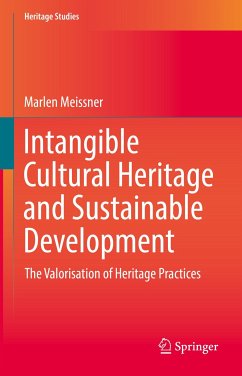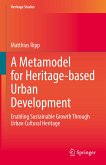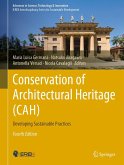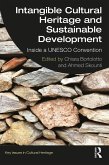This book provides a systemic understanding of how intangible cultural heritage (ICH) can promote sustainable development. It offers new insights on the identity-building potential of heritage practices as 'enabler' of development and their capacity to generate social and economic profits as 'driver' of development.
Based on Pierre Bourdieu's 'Theory of Practice', a model for the valorisation of ICH is presented, which may serve as a tool to stimulate the developmental potentials of heritage on a practical level. The functioning of the valorisation model is exemplified with a case study on a German choral tradition, which has not been officially nominated as ICH. Therewith, it is shown how the model can be applied to utilise the developmental potentials of ICH - as promoted in the Convention for the Safeguarding of the Intangible Cultural Heritage (2003) - even beyond UNESCO's scope. This book is of interest to cultural heritage scholars.
Dieser Download kann aus rechtlichen Gründen nur mit Rechnungsadresse in A, B, BG, CY, CZ, D, DK, EW, E, FIN, F, GR, HR, H, IRL, I, LT, L, LR, M, NL, PL, P, R, S, SLO, SK ausgeliefert werden.









